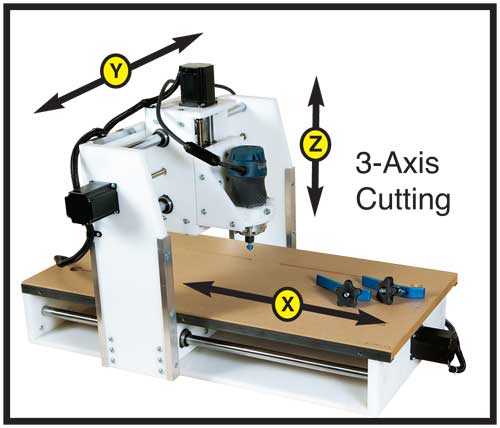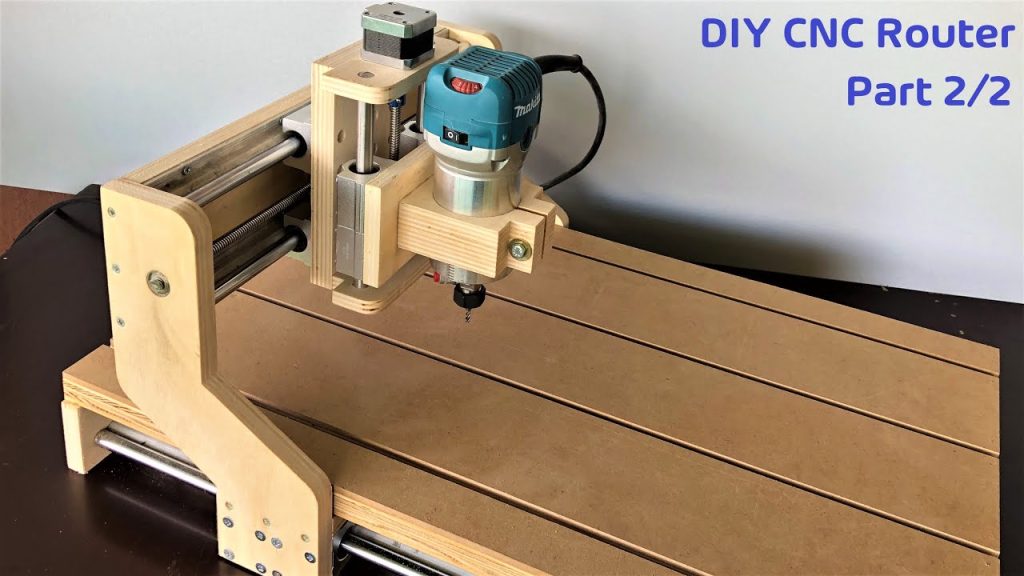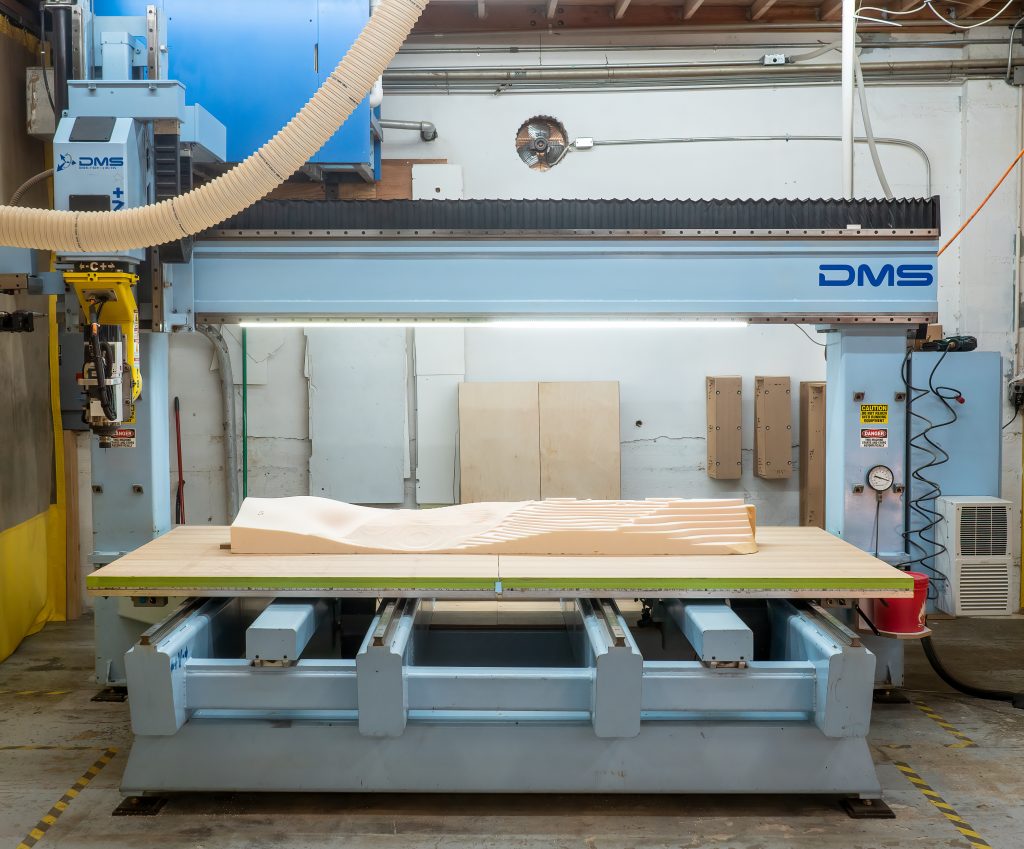Table of Contents
Are you tired of your workpiece moving around on your CNC router table? Do you want to improve your precision and accuracy when cutting or engraving? Building a vacuum table might be the solution you’re looking for.
A vacuum table is a great addition to any CNC router setup. It works by using suction to hold your material securely in place during cutting or engraving. In this guide, we’ll walk you through the steps to build your own vacuum table, including the materials you’ll need and the assembly process. So, let’s get started and take your CNC routing to the next level!
- Choose a suitable material for the table’s surface like MDF or acrylic.
- Measure the size of the CNC router bed and cut the material accordingly.
- Drill holes in the material for the vacuum suction.
- Attach a vacuum pump to the table and connect it with hoses to the holes.
- Test the vacuum suction by placing a piece of paper on the table and turning on the pump.
- Seal the edges of the table with foam tape to improve the suction efficiency.
- Place the material to be cut on the table and start the CNC router.
How to Build a Vacuum Table for CNC Router?
Building a vacuum table for your CNC router is an essential upgrade that can greatly improve the quality of your cuts, reduce material waste, and increase your overall productivity. In this article, we will guide you through the process of building your own vacuum table for your CNC router.
Materials Required
To build a vacuum table for your CNC router, you will need the following materials:
- Sheet of MDF or plywood
- Vacuum pump
- Vacuum fittings and hoses
- Vacuum table top material (perforated PVC, MDF or aluminum)
- Fasteners (screws, bolts, nuts)
- Sealant (silicone or rubber)
Sheet of MDF or plywood
The first step is to choose a sheet of MDF or plywood that will serve as the base of your vacuum table. The size of the sheet will depend on the size of your CNC router. Make sure to choose a sheet that is at least 1 inch thick to ensure that it can withstand the pressure of the vacuum.
Vacuum pump
A vacuum pump is the heart of your vacuum table. It creates the suction that holds your material in place while you cut. You can find vacuum pumps online or at your local hardware store. Make sure to choose a pump that is powerful enough to create the necessary suction for your CNC router.
Vacuum fittings and hoses
You will need to connect your vacuum pump to your vacuum table using vacuum fittings and hoses. Make sure to choose fittings and hoses that are compatible with your vacuum pump and table.
Vacuum table top material
The vacuum table top material is the surface on which your material will rest. It should be perforated to allow the suction to pass through. You can choose from a variety of materials, including perforated PVC, MDF or aluminum.
Fasteners
You will need screws, bolts, and nuts to attach the vacuum table top to the base. Make sure to choose fasteners that are strong enough to hold the table top in place while it is under suction.
Sealant
Sealant is used to seal the edges of the vacuum table to prevent any air leaks. Silicone or rubber sealant can be used for this purpose.
Building the Vacuum Table
- Start by cutting your MDF or plywood sheet to size. Make sure to leave a border around the edges to allow for fastening the vacuum table top.
- Drill holes in the MDF or plywood sheet for the vacuum fittings. Make sure to drill the holes in a grid pattern to ensure even suction across the table.
- Attach the vacuum fittings and hoses to the MDF or plywood sheet using screws and nuts.
- Attach the vacuum pump to the vacuum fittings using hoses and clamps.
- Prepare the vacuum table top material by cutting it to size and drilling matching holes for the vacuum fittings.
- Attach the vacuum table top material to the MDF or plywood sheet using screws and nuts.
- Seal the edges of the vacuum table with silicone or rubber sealant to prevent air leaks.
- Test the suction of the vacuum table by placing a piece of material on top and turning on the vacuum pump. Make sure that the material is held firmly in place.
- Secure the vacuum table to your CNC router’s bed using clamps or screws.
- Enjoy the benefits of your new vacuum table!
Benefits of a Vacuum Table
Using a vacuum table for your CNC router has several benefits:
- Improved cut quality: The suction of the vacuum table holds your material firmly in place, reducing vibration and improving the quality of your cuts.
- Reduced material waste: The vacuum table holds your material securely, reducing the likelihood of it moving during the cut and resulting in less material waste.
- Increased productivity: With a vacuum table, you can cut multiple pieces at once, saving time and increasing your productivity.
- Versatility: A vacuum table can hold a variety of materials, including wood, plastic, and metal.
Vacuum Table vs. Other Workholding Methods
There are several workholding methods available for CNC routers, including clamps, double-sided tape, and screws. While these methods can work well, they also have their limitations. Here’s how a vacuum table compares:
- Clamps: Clamps can be bulky and get in the way of the cutting path. They can also leave marks on your material and may not be suitable for holding delicate or irregularly shaped pieces.
- Double-sided tape: While double-sided tape can be effective for holding small pieces, it may not provide enough holding power for larger or heavier pieces. It can also be difficult to remove the tape residue from your material.
- Screws: Screws can hold your material securely, but they can also leave marks and require additional setup time. They may also not be suitable for holding delicate or irregularly shaped pieces.
A vacuum table provides a strong and reliable hold without the drawbacks of other workholding methods. It is versatile, easy to use, and can greatly improve the quality of your cuts. Building your own vacuum table is a worthwhile investment for any CNC router user.
Frequently Asked Questions
In this section, you will find answers to some of the most common questions about building a vacuum table for CNC router. Read on to learn more!
What materials do I need to build a vacuum table for CNC router?
Building a vacuum table for CNC router requires a few basic materials, including MDF or plywood, an air compressor, a vacuum pump, and some vacuum hose. You will also need a few tools, such as a drill, a jigsaw, and a router, as well as some hardware, including screws, nuts, and bolts.
The size of your vacuum table will depend on the size of your CNC router, so be sure to take accurate measurements before you start building. You can find detailed instructions and plans for building a vacuum table online or in woodworking magazines.
What is the best way to seal the edges of my vacuum table?
Sealing the edges of your vacuum table is an important step in creating a strong and effective vacuum. One of the best ways to seal the edges is to use a silicone sealant. Apply a thin bead of sealant around the perimeter of the table and smooth it out with a finger or a putty knife.
Another option is to use a rubber gasket or weatherstripping to seal the edges. This can be a bit more time-consuming, but it will provide a tight seal that will prevent air leaks and ensure consistent suction across the entire surface of the table.
How do I connect my vacuum pump to my vacuum table?
Connecting your vacuum pump to your vacuum table is a straightforward process that involves attaching a length of vacuum hose between the pump and the table. You will need to drill a hole in the side of the table to accommodate the hose, and then use a hose clamp to secure it in place.
Be sure to check the manufacturer’s instructions for your vacuum pump to determine the optimal placement and orientation of the pump. You may also need to install a pressure regulator or a vacuum gauge to ensure that the suction is consistent and reliable.
What kind of filter do I need for my vacuum pump?
The type of filter you need for your vacuum pump will depend on the type of material you will be cutting with your CNC router. For general woodworking, a standard HEPA filter will usually suffice. This type of filter is designed to capture fine dust particles and prevent them from clogging the pump.
If you will be cutting materials that produce a lot of dust or debris, such as plastics or composites, you may need to use a more specialized filter. Consult the manufacturer’s instructions for your vacuum pump to determine the best filter for your needs.
How can I maintain my vacuum table and vacuum pump?
Maintaining your vacuum table and vacuum pump is important to ensure reliable and consistent suction. Some basic maintenance tasks include cleaning the table surface regularly with a damp cloth, checking the vacuum hose and connections for leaks, and replacing the filter on the vacuum pump as needed.
You should also check the oil level in your vacuum pump regularly and change the oil according to the manufacturer’s instructions. Keep the pump and the area around it clean and free of debris, and store the pump in a dry, well-ventilated area when it is not in use.
In conclusion, building a vacuum table for your CNC router is not as daunting as it may seem. With the right tools and materials, you can create a reliable and efficient system that will improve your productivity and accuracy.
By following the steps outlined in this guide, you can customize your table to fit your specific needs and preferences. Whether you are a professional woodworker or a hobbyist, a vacuum table is a valuable addition to any CNC setup.
Overall, taking the time to build a vacuum table will not only enhance your CNC router’s performance but also increase the quality of your finished products. So why not give it a try and see the difference it can make in your workflow?
Request a quote today!
Please compress the file into a ZIP or RAR file before uploading. Alternatively, send through your RFQ by email.
enquires@unitymanufacture.com





